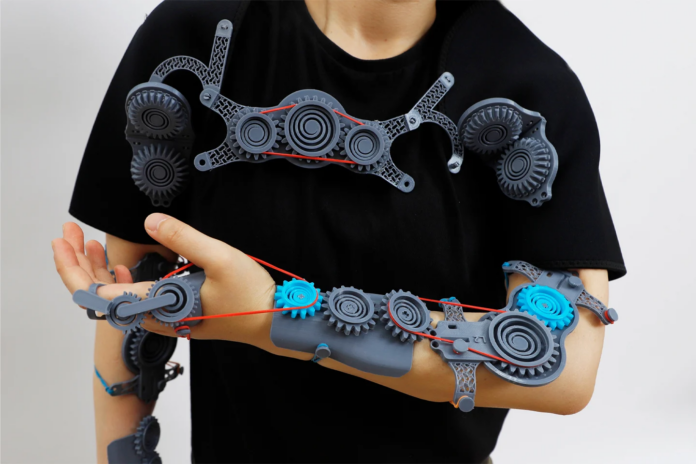stroke rehabilitation is a process involving impairment assessment, recovery prognosis, therapy definition, rehabilitative training and monitoring of functional changes. Conventional assessments of motor function face limitations due to several factors, resulting in biased predictions of recovery, which prevent an adequate assignment of treatment for patients. Home-based therapies designed and monitored remotely by therapists, allowing patients to train in a familiar environment. Among the wide array of sensors available, inertial measurement units (IMUs) and electromyography (EMG) offer the best balance between unobtrusiveness, robustness, ease of use and data quality. The collection of studies presented in this review indicate that this might be the most promising way to go.
Analysis/Reflection:
To set patients at ease during their rehabilitation process it is important to minimize clinical visits and focus more on their routine pre-stroke as a part of their rehabilitation to make them feel less like a patient who’s going through the pressure of the recovery. To get the best results we design devices that can monitor and send the data to the medical professionals in charge of the study and give them time to analyze it. Wearable technology can allow flexibility of use during the daily routine of patients and at the same time direct them to the right path for the best outcome to fully recover from the stroke symptoms.




